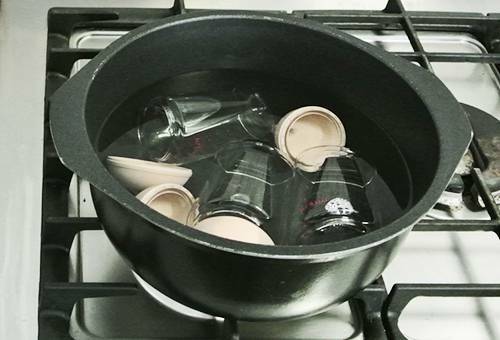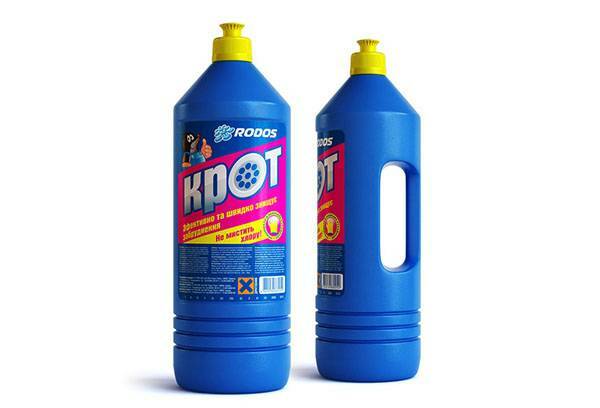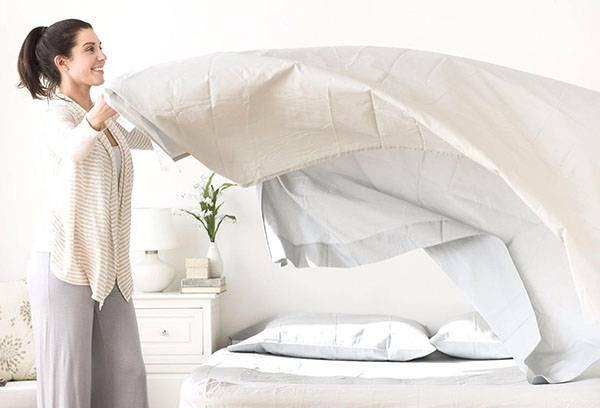Contents:
- Why sterilize bottles?
- Preparing for sterilization
- 4 ways to sterilize bottles
How to sterilize baby bottles? This question is asked by each mother, whose baby is on artificial feeding. All pediatricians unanimously recommend carefully washing and sterilizing items intended for feeding a small child. How to do it right? Up to what age does it make sense to sterilize baby dishes?

Why sterilize bottles?
Children who are breastfed receive a mixture of special baby bottles. Every mom knows that the newborn's immune system is not yet formed and any interference in his body can be fatal. That is why Russian pediatricians advise cleaning and sterilizing all items used for feeding children. Also, do not forget about the pacifiers and nipples that the baby uses in the first years of life.
Not all doctors of the world share the opinion of Russian pediatricians. In Europe, on the contrary, doctors are not advised to sterilize bottles and pacifiers for babies. According to Western doctors, a child should grow in natural conditions, and not get used to sterility from birth. What should I do? The only correct answer to this question is not provided. Each mother should choose for herself the best tactics and stick to it when feeding her baby.
Women who breastfeed their baby can also benefit from sterilization skills for newborn babies at home. Sometimes young mothers have to leave the house on their own business, and then the baby can be fed by a father or grandmother. It is important only to prepare in advance clean bottles and express milk there. How to properly prepare and sterilize the dishes for the child?

Preparing for sterilization
Before starting the sterilization, you should thoroughly wash all the children's dishes. Bottles must be washed to the very bottom and cleaned of food residues. Specialists recommend the use of baking soda or special cleaning agents to clean dishes. Reliably to get rid of the rests of milk or a mix the brushes penetrating up to the bottom of children's small bottles for feeding will help. The nipple before washing should be removed and treated separately.
Children's dishes can also be washed in the dishwasher. Pediatricians recommend doing this separately from washing cups and plates of the rest of the family. In the dishwasher, you also need to use a special soft detergent.

4 ways to sterilize bottles
- Boiling.
Sterilization of bottles for feeding boiling water is the most accessible and known way of disinfecting dishes. Pediatricians are advised to boil bottles and baby dummies from birth until the age of 1.5 years. The boiling scheme is simple and accessible to every young mother. A bottle without a nipple is placed in a container of boiling water. Boil should be at least 5 minutes, after which all items are removed from the pan with water and laid out on a clean dry towel. When the sterilized dishes cool down, it can be used to feed the baby.
Advice
Remember that not all bottles can be boiled. Use only high quality baby dishes!
- Microwave.
At home, it is not necessary to constantly boil the baby's bottles. Clean the dishes and make it safe to feed by using an ordinary microwave oven. Bottles and pacifiers are placed in a pot of water and tightly closed with a lid. Before beginning the sterilization in the microwave, the nipple must be removed and put separately.
How long does sterilization take? As practice shows, 5-7 minutes in the microwave is enough to destroy all pathogenic bacteria and make dishes for the newborn perfectly clean. This method is liked by many parents, and more and more often modern moms and dads prefer sterilization in the microwave. In addition, many bottle manufacturers produce their products ready for such a procedure. It is no longer necessary to lower the children's dishes into a pot of water, simply put the bottles in the microwave and press the "start" button. During sterilization they do not deform and do not lose their properties.
Advice
Read the instructions for the children's cookware before starting the disinfection.

- Electric steam sterilizer.
Thinking about how to sterilize bottles, many parents prefer to entrust this process to "smart" technology. A steam sterilizer is the most modern way to clean children's bottles and pacifiers quickly and qualitatively. It is no longer necessary to boil the dishes and worry about whether it will not deteriorate under the influence of high temperatures. Sterilization takes place in a special apparatus. Before you start, you need to fill the sterilizer with water and set the desired mode. The sterilization time is about 10 minutes.
Steam sterilizer is not only simple, but also very convenient. At a time, the machine can disinfect up to 6 items. After the end of work, the children's dishes can be left under the cover of the sterilizer. All bottles and nipples remain sterile for 6 hours after the machine is turned off.
- Antiseptic tablets.
Sterilization with antiseptic tablets is carried out in cold water. The method is quite simple: you just need to dissolve the drug in a container of water and place all the children's dishes there. The nipple from the bottle must first be removed. Sterilization lasts half an hour under a closed lid. The spent solution can be used within a day. All this time antiseptic tablets retain their properties and effectively destroy dangerous bacteria. After the procedure is finished, rinse all dishes with clean boiled water.
Many parents ask themselves: to what age should baby bottles be sterilized? Opinions of pediatricians on this issue were divided. Some doctors claim that boiling and processing dishes should be up to 5-6 months. Other experts are inclined to think that it is necessary to sterilize nipples and bottles at least up to 1.5 years. Most parents prefer to spend sterilization all the time, while the baby uses bottles and pacifiers.



